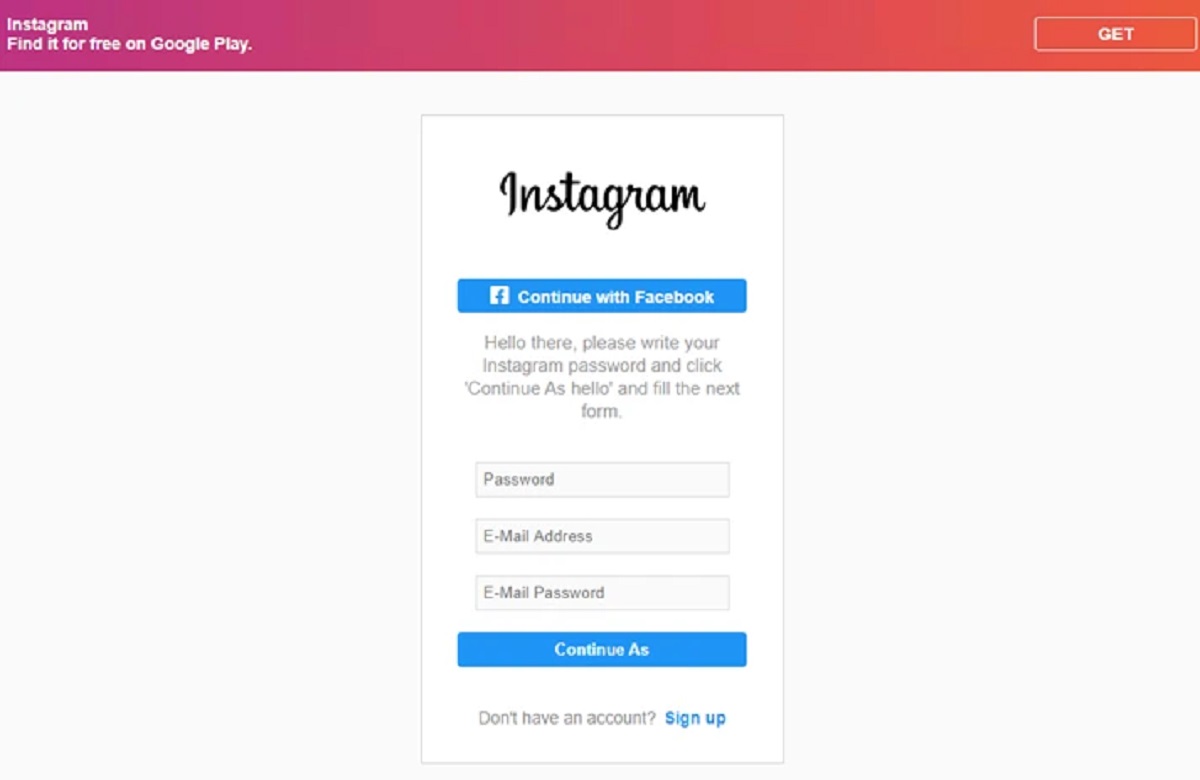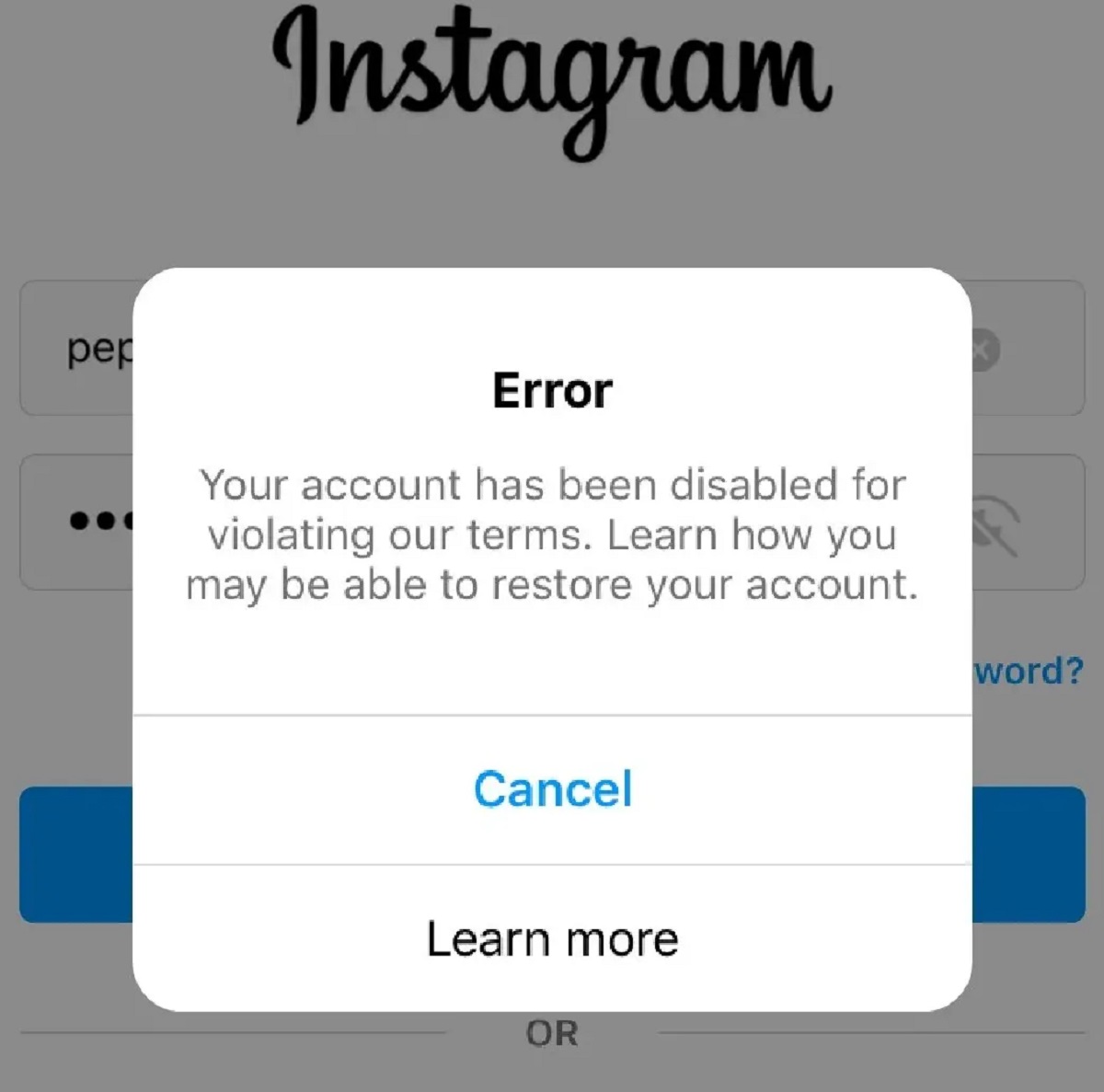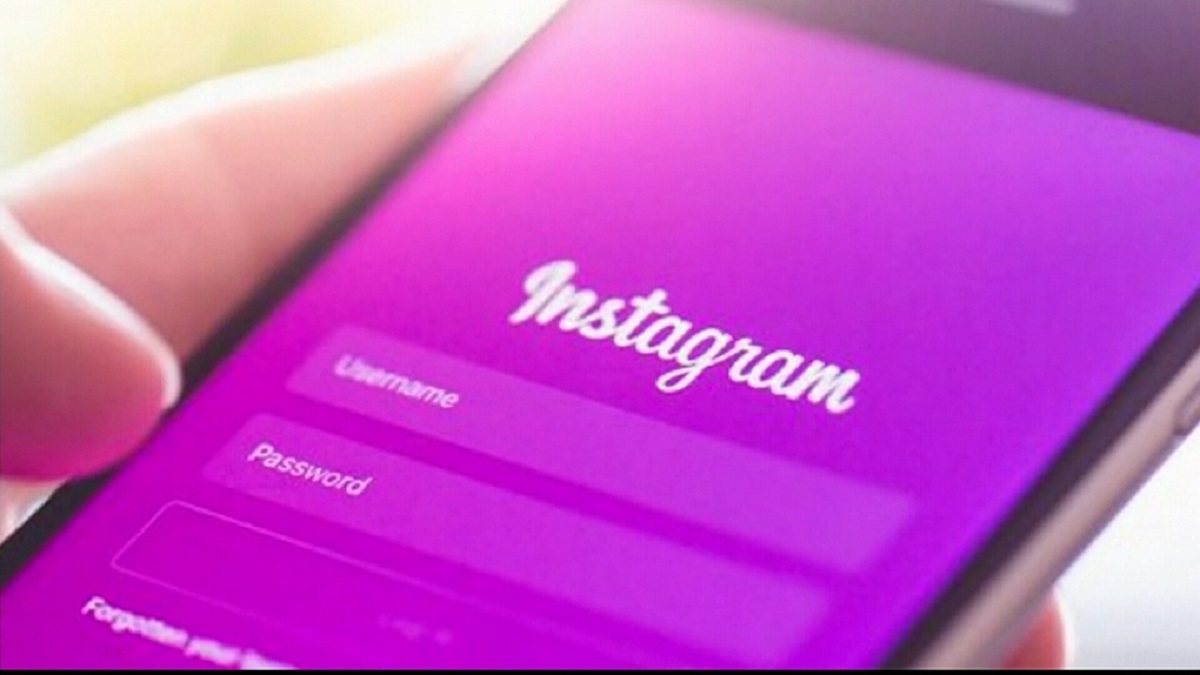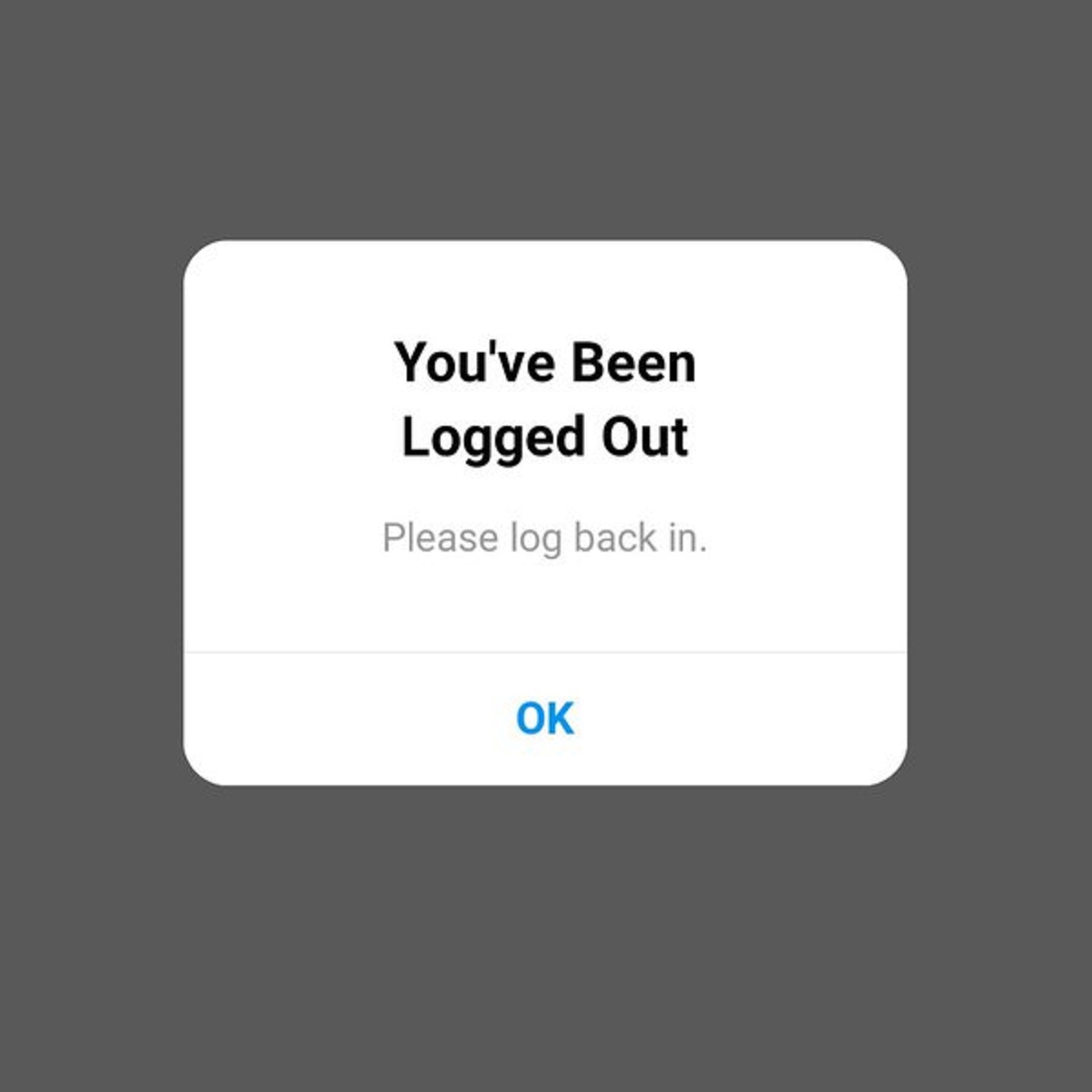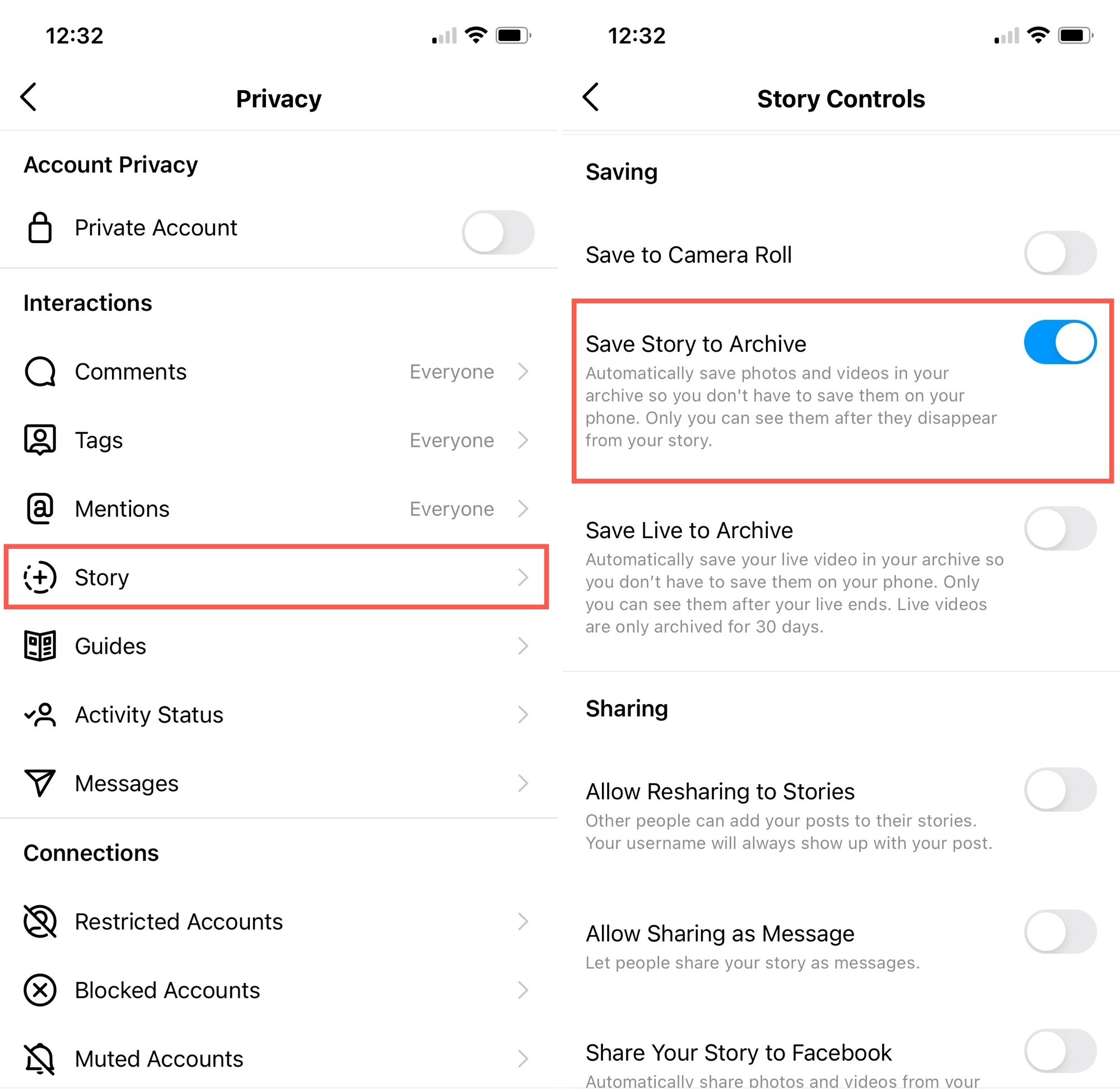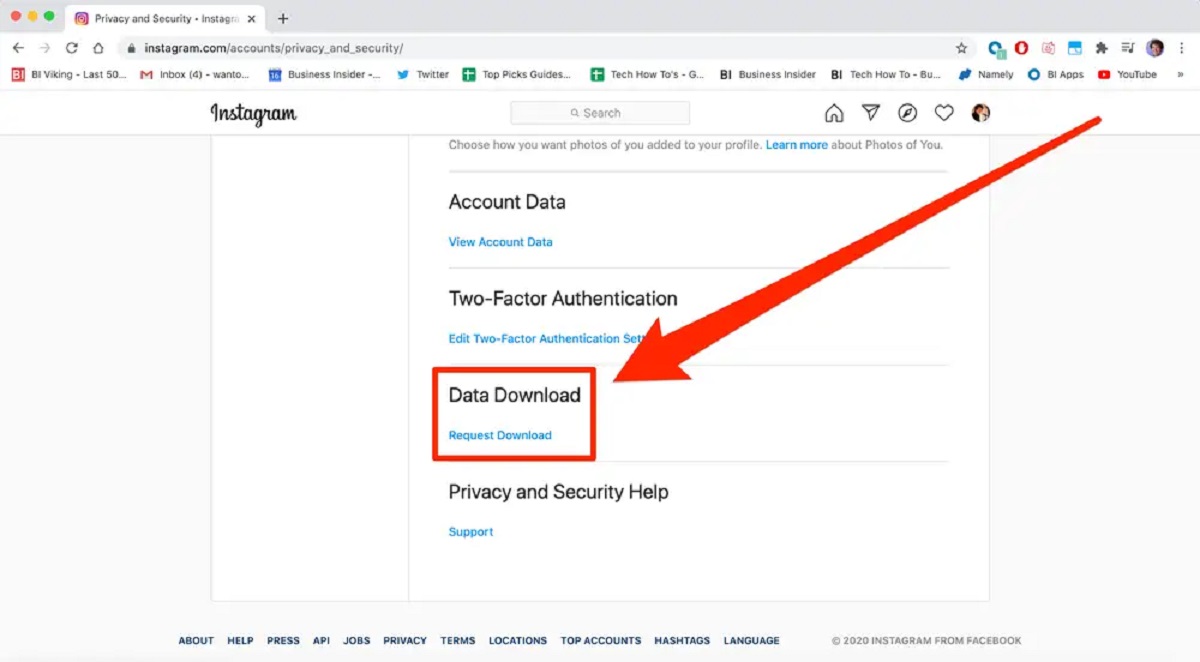Introduction
Instagram has become one of the most popular social media platforms, with millions of users sharing their photos and connecting with others. However, as the popularity of Instagram continues to grow, so does the vulnerability to hacking. The thought of someone gaining unauthorized access to your Instagram account can be terrifying, but it is important to be aware of the different hacking methods and take steps to protect yourself.
In this article, we will explore various techniques used by hackers to gain access to Instagram accounts. It is crucial to note that these methods are for informational purposes only and should not be used for unethical purposes. We highly discourage hacking and emphasize the importance of respecting others’ privacy.
Understanding the different approaches hackers use will help you be proactive in safeguarding your Instagram account by implementing stronger security measures. By taking the necessary precautions, you can minimize the risk of falling victim to hackers and maintain the privacy of your personal information.
Let’s dive into the various methods hackers employ to hack into Instagram accounts, and how you can protect yourself from these threats.
Choosing the Right Approach to Hack an Instagram Account
When it comes to hacking an Instagram account, hackers have multiple approaches to choose from. Each method requires a different level of technical skills and resources. Here, we will explore some of the most common methods hackers use to gain unauthorized access to Instagram accounts.
Phishing: Phishing is a common hacking technique that involves creating a fake login page that looks identical to the official Instagram login page. The hacker then tricks the target into entering their login credentials on the fake page, unknowingly providing the hacker with their username and password. It’s important to be cautious and double-check the URL of any login page to ensure its authenticity.
Keylogger Software: Keyloggers are malicious programs that track and record keystrokes on a target’s device. By installing a keylogger on the target’s computer or smartphone, hackers can capture their Instagram login credentials as they are entered. However, this method requires physical access or the ability to infect the device with the keylogger remotely.
Brute Force Attacks: Brute force attacks involve systematically guessing combinations of usernames and passwords until the correct credentials are found. This method requires time and computational power because it relies on trial and error. However, it can be successful if the target has a weak or easily guessable password.
Social Engineering: Social engineering involves manipulating the target to reveal their Instagram password willingly. This can be done through various techniques such as pretending to be a trusted individual or using psychological manipulation to trick the target into sharing their login credentials.
Resetting the Password: In some cases, hackers may exploit Instagram’s security measures by tricking the platform into resetting the account password. This method often involves accessing the target’s associated email account or manipulating the account recovery process to gain control of the Instagram account.
Hacking through Email: If the target’s Instagram account is linked to their email account, a hacker may gain access to their Instagram by compromising their email. By intercepting password reset emails or using password recovery tools, hackers can change the Instagram account password and gain control over it.
Spy Apps: Spy apps are designed to monitor and track activities on a target’s device, including their Instagram usage. These apps can be installed on the target’s device, either with or without their knowledge, and provide the hacker with access to their Instagram account and other personal information.
Now that we have explored the different methods hackers use to hack into Instagram accounts, it is important to protect ourselves from these threats. In the following sections, we will discuss preventive measures to keep our Instagram accounts secure.
Phishing: Creating a Fake Login Page
Phishing is a popular hacking technique where hackers create a fake login page that closely resembles the official Instagram login page. The goal of phishing is to deceive the user into entering their login credentials, which the hacker can then capture and use to gain unauthorized access to the Instagram account.
Typically, hackers will send out phishing emails or direct messages that appear to be from Instagram or a trusted source, enticing the user to click on a link that leads to the fake login page. These messages often create a sense of urgency or use persuasive language to trick the user into taking immediate action.
Once the user lands on the fake login page, they are prompted to enter their username and password, believing they are signing into their Instagram account. However, unbeknownst to them, their login credentials are being captured by the hacker.
It’s important to note that Instagram has robust security measures in place to detect and prevent phishing attacks. However, hackers are constantly evolving their techniques to circumvent these measures. Therefore, it’s crucial for users to be vigilant and take precautions to protect themselves against phishing attempts.
To protect yourself from phishing attacks, follow these tips:
- Verify the URL: Before entering your login credentials, carefully check the URL of the login page. The official Instagram login page should always start with “https://www.instagram.com/”. Be cautious if the URL looks suspicious or contains additional characters.
- Enable Two-Factor Authentication (2FA): 2FA adds an extra layer of security to your Instagram account by requiring a verification code in addition to your password. This helps prevent hackers from gaining access even if they have your login credentials.
- Don’t Click on Suspicious Links: Be wary of unsolicited emails, messages, or social media posts that ask you to click on a link to log in to your Instagram account. Always verify the source and legitimacy before clicking on any links.
- Keep Your Device and Browser Updated: Regularly update your devices and browsers with the latest security patches. This helps ensure that any vulnerabilities that could be exploited by phishing attacks are patched.
- Use Anti-Phishing Tools: Install anti-phishing software or browser extensions that can detect and block phishing attempts. These tools can provide an extra layer of protection against phishing attacks.
By following these guidelines, you can minimize the risk of falling victim to phishing attacks and protect your Instagram account from unauthorized access.
Using Keylogger Software to Obtain Passwords
Keyloggers are malicious programs designed to record and capture keystrokes on a target’s device. By installing a keylogger on a victim’s computer or smartphone, hackers can secretly monitor their activities, including the passwords they enter, and retrieve the information later.
Keyloggers can be installed through various methods, such as email attachments, infected websites, or software downloads. Once the keylogger is installed, it operates silently in the background, recording every keystroke made by the user.
One of the most concerning aspects of keyloggers is that they can capture sensitive information beyond Instagram passwords, including credit card details, personal messages, and other confidential information.
Although installing a keylogger requires physical access to the device or the ability to exploit vulnerabilities remotely, it is still a significant threat to personal privacy and account security.
To protect yourself from keyloggers:
- Use Antivirus Software: Ensure that your device has reliable and up-to-date antivirus software installed. Regularly scan your system for any potential threats, including keyloggers.
- Keep your Operating System and Software Updated: Regularly update your device’s operating system and other installed software. Software updates often include security patches that can help prevent keyloggers from exploiting vulnerabilities.
- Avoid Suspicious Downloads: Be cautious when downloading files or software from untrusted sources. Stick to reputable websites and only download files from trusted sources.
- Be Cautious of Email Attachments: Avoid opening email attachments from unknown senders, as they may contain keyloggers or other malware. Always verify the sender and confirm the legitimacy of the attachment before opening it.
- Use Virtual Keyboards: For sensitive activities like entering passwords, consider using virtual keyboards. These on-screen keyboards allow you to input your password using your mouse or touch screen, making it difficult for keyloggers to capture the keystrokes.
While keyloggers pose a significant threat, implementing these preventive measures can help protect your privacy and ensure the security of your Instagram account and other sensitive information.
Brute Force Attacks: Breaking Into an Account with Trial and Error
Brute force attacks involve systematically guessing combinations of usernames and passwords until the correct credentials are found. Hackers use automated software or scripts that attempt various combinations rapidly, hoping to guess the correct credentials and gain unauthorized access to the Instagram account.
This method relies on the assumption that the target has a weak or easily guessable password. Weak passwords typically include common phrases, dictionary words, or simple combinations of letters and numbers.
While brute force attacks can be time-consuming and computationally intensive, they can be successful if the targeted account has a weak password. Therefore, it is essential to reinforce strong password practices to protect against this type of attack.
To protect your Instagram account from brute force attacks:
- Use Strong and Complex Passwords: Create passwords that are unique, lengthy, and include a combination of uppercase and lowercase letters, numbers, and special characters. Avoid using easily guessable information such as your name, birthdate, or common phrases.
- Enable Account Lockouts: Implement account lockout policies that temporarily lock the account after a certain number of failed login attempts. This can help deter brute force attackers by introducing delays or preventing further attempts.
- Regularly Update Your Password: Change your password periodically to ensure continued security. Choose a new and unique password each time to minimize the risk of brute force attacks.
- Activate Two-Factor Authentication (2FA): Enable 2FA on your Instagram account to add an extra layer of security. This means that even if an attacker guesses your password, they would still need a verification code from your registered device to access your account.
- Monitor Suspicious Login Activity: Regularly check your Instagram account’s login activity and review any suspicious or unrecognized login attempts. If you notice any unauthorized access, take immediate action to secure your account.
By implementing these preventive measures, you can minimize the risk of falling victim to brute force attacks and ensure the security of your Instagram account.
Social Engineering: Manipulating the Target to Reveal Passwords
Social engineering is a technique used by hackers to manipulate and deceive individuals into willingly revealing their passwords or sensitive information. Instead of relying on technical exploits, social engineering tactics exploit human psychology and trust.
There are various methods that hackers employ for social engineering attacks, including:
- Phishing: Hackers may use deceptive emails, messages, or phone calls to impersonate trusted entities, such as Instagram support or a friend, and trick the target into revealing their password or login credentials.
- Pretexting: Hackers may create a convincing story or pretext to establish trust with the target. They might pretend to be a co-worker, service provider, or even a potential employer to gain the target’s trust and gather sensitive information.
- Impersonation: Hackers may impersonate someone the target knows or trusts to trick them into revealing their password. This can be done through fake social media profiles, emails, or phone calls.
Protecting yourself from social engineering attacks requires a combination of critical thinking, skepticism, and awareness. Here are some measures to safeguard your Instagram account:
- Be Vigilant: Always be cautious and skeptical of unsolicited messages, emails, or phone calls asking for your password or personal information. Verify the identity of the sender or caller and be wary of any unusual or suspicious requests.
- Double-Check URLs and Email Addresses: Before clicking on any links or responding to emails, ensure that the URL or email address is legitimate. Check for any misspellings or inconsistencies that may indicate a fraudulent attempt.
- Verify Requests Independently: If someone claims to be from Instagram or any other organization, independently verify their identity. Contact the official support channels or visit the organization’s verified website rather than relying on information provided by the potential attacker.
- Protect Personal Information: Be cautious about sharing personal information online or with individuals you do not know or trust. Limit the amount of personal information you disclose on social media platforms to minimize the risk of social engineering attacks.
- Utilize Privacy Settings: Review and adjust your privacy settings on social media platforms, including Instagram, to control what information is visible to the public or specific groups of people.
By staying vigilant and employing these preventive measures, you can protect yourself from falling victim to social engineering attacks and safeguard the security of your Instagram account.
Resetting the Password: Exploiting Instagram’s Security Measures
One method utilized by hackers to gain unauthorized access to an Instagram account is by manipulating the password reset process. By exploiting weaknesses in Instagram’s security measures or by compromising the associated email account, hackers can reset the account password and take control of the targeted account.
Here are some techniques hackers may employ to exploit Instagram’s security measures:
- Compromising the Associated Email Account: If the Instagram account is linked to an email address, hackers may target that email account to gain control. By accessing the email account, hackers can initiate a password reset request on Instagram and change the account password.
- Forgotten Password or Account Recovery: Hackers may attempt to gather personal information about the target and use it to pass the account recovery process. They may use social engineering techniques or gather information from publicly available sources to answer the security questions correctly and gain access to the account.
- Social Engineering Instagram Support: In some cases, hackers may impersonate Instagram support staff or claim to have a connection with the platform. They manipulate the target into revealing sensitive information or providing access to their account under the pretense of providing assistance or resolving an issue.
To protect your Instagram account from being compromised through password resets:
- Secure Your Email Account: Ensure that your associated email account has a strong password and enable two-factor authentication (2FA) to add an extra layer of security.
- Use a Unique and Complex Password: Avoid using the same password for your Instagram account and associated email account. Use a unique and complex password for each account to minimize the chances of compromise.
- Verify Email Communication: Be cautious of any emails claiming to be from Instagram support. Verify such emails independently by directly logging into your Instagram account or contacting official Instagram support channels.
- Review Privacy and Security Settings: Regularly review and update your privacy and security settings on Instagram. Enable features like 2FA and ensure that your recovery information and security questions are kept confidential and hard to guess.
- Stay Informed About Scams and Phishing: Educate yourself about common scams and phishing techniques used to trick users into revealing sensitive information. Remain skeptical of unsolicited messages or offers that seem too good to be true.
By implementing these measures, you can enhance the security of your Instagram account and protect it from being compromised through password reset manipulation.
Hacking through Email: Gaining Access via Email Account
Hackers often target the associated email account linked to an Instagram account as a means to gain unauthorized access. If they can compromise the email account, they can reset the Instagram account password and take control.
Here are some methods hackers may employ to hack into Instagram accounts through the associated email:
- Password Guessing: Hackers may attempt to guess the password of the associated email account by using common passwords, personal information about the target, or by exploiting password recovery mechanisms.
- Phishing Emails: Hackers may send phishing emails disguised as legitimate messages from email providers or other trusted sources. These emails often contain deceptive links or attachments that, when clicked or opened, can lead to password theft or malware installation.
- Manipulating Account Recovery: Hackers may try to manipulate the account recovery process by providing false or misleading information. By tricking the email service provider into believing they are the legitimate account owner, they can gain access to the email account and subsequently reset the Instagram account password.
To protect your associated email account and prevent hackers from gaining access to your Instagram account:
- Use Strong and Unique Passwords: Ensure your email account has a strong, unique password that is not easily guessable. Avoid using common passwords or reusing passwords across multiple accounts.
- Enable Two-Factor Authentication (2FA): Activate 2FA for your email account to provide an extra layer of security. This usually involves receiving a verification code on your mobile device whenever you log in to your email account.
- Be Cautious of Phishing Attempts: Always be wary of suspicious emails asking for personal information or with links or attachments that seem unusual. Verify the authenticity of emails by checking the sender’s address, avoiding clicking on suspicious links, and directly logging into your account instead of following email instructions.
- Regularly Check Account Activity: Monitor your email account for any signs of unauthorized activity. Review any unfamiliar login attempts or changes made to your account settings promptly.
- Keep Software and Antivirus Updated: Keep your devices and antivirus software up to date to ensure protection against the latest threats and vulnerabilities.
By following these precautions, you can significantly reduce the risk of hackers gaining access to your Instagram account through your associated email account.
Utilizing Spy Apps to Monitor Instagram Activities
Spy apps are software programs that allow individuals to monitor someone else’s Instagram activities without their knowledge or consent. These apps are typically installed on the target’s device and operate in the background, capturing and logging various activities on Instagram.
While there may be legitimate use cases for spy apps, such as parental monitoring or employee supervision in some circumstances, it is essential to note that using spy apps without the consent of the person being monitored is a violation of their privacy and can be illegal.
Here are some key points to consider regarding the use of spy apps on Instagram:
- Privacy Concerns: Utilizing spy apps to monitor someone’s Instagram activities without their knowledge is a significant invasion of privacy. It is important to respect the privacy and autonomy of others.
- Legal Implications: The use of spy apps without the consent of the individual being monitored may violate local laws and regulations. It is crucial to familiarize yourself with the legal implications before considering the use of such apps.
- Limited Effectiveness: While spy apps may provide insights into someone’s Instagram usage, they are not foolproof. Privacy settings, message encryption, and other security measures can prevent certain activities from being captured by these apps.
- Trust and Relationship Impact: Using spy apps to monitor someone’s Instagram activities can damage trust and strain relationships. It is important to foster open and honest communication rather than resorting to invasive surveillance methods.
It is crucial to recognize that trust and respect are paramount in any relationship. Rather than resorting to spy apps, open and honest communication can address concerns and build better trust between individuals. Respect for others’ privacy and consent should always be a priority.
If you have concerns about someone’s Instagram activities, consider discussing them openly and honestly with the person involved. Trust and communication are far more effective in resolving issues and maintaining healthy relationships than relying on secretive and intrusive monitoring methods.
Protecting Your Instagram Account from Hackers
Securing your Instagram account is crucial to protect your personal information, maintain your online presence, and prevent unauthorized access. Here are some essential steps and best practices to safeguard your Instagram account from hackers:
- Use a Strong and Unique Password: Create a password that is complex, unique, and not easily guessable. Avoid common passwords and consider using a password manager to generate and store secure passwords.
- Enable Two-Factor Authentication (2FA): Activate 2FA on your Instagram account to provide an additional layer of security. This ensures that even if someone obtains your password, they would still need a verification code from your registered device to access your account.
- Be Cautious of Third-Party Apps: Be selective when granting access to third-party apps or services that require authorization to your Instagram account. Only use trusted and reputable apps, and regularly review and revoke access to apps that you no longer use or trust.
- Keep Your Email Account Secure: Since your email account is linked to your Instagram account, ensure that your email account has a strong password and enable 2FA to protect it from unauthorized access.
- Stay Up to Date: Keep your Instagram app and device operating system up to date. Updates often include security patches that address vulnerabilities and protect against potential threats.
- Be Mindful of Phishing Attempts: Be cautious of emails, messages, or links that appear to be from Instagram but ask for your login credentials. Instagram will never ask you to provide your password via these methods.
- Monitor Account Activity: Regularly review your Instagram account activity to identify any suspicious logins or activities. Report any unauthorized access to Instagram and take immediate steps to secure your account.
- Educate Yourself: Stay informed about the latest hacking techniques and common security threats. By understanding potential risks, you can remain alert and take appropriate measures to protect your Instagram account.
- Keep Personal Information Private: Avoid sharing sensitive information, such as your full name, phone number, or personal details, on your Instagram profile. Limit the information you make public to reduce the risk of being targeted by hackers or identity thieves.
- Regularly Change Your Password: Periodically update your Instagram account password to ensure continued security. Consider changing your password at least once every few months or immediately if you suspect any compromise.
By implementing these preventive measures and practicing good security habits, you can significantly reduce the risk of your Instagram account being hacked. Protecting your account ensures the privacy and security of your personal information and allows you to enjoy a safe and enjoyable Instagram experience.
Conclusion
Securing your Instagram account is essential in today’s digital landscape where hackers are constantly devising new methods to gain unauthorized access. By understanding the various hacking techniques and implementing preventive measures, you can protect your personal information, maintain your online presence, and enjoy a secure Instagram experience.
We explored different approaches hackers use, including phishing, keylogger software, brute force attacks, social engineering, exploiting Instagram’s security measures, hacking through email, and utilizing spy apps. It is crucial to remember that these methods should never be used for unethical purposes, and we strongly discourage hacking or compromising someone else’s privacy.
To protect your Instagram account, follow best practices such as using a strong and unique password, enabling two-factor authentication (2FA), being cautious of third-party apps, securing your email account, staying up to date with software updates, being mindful of phishing attempts, monitoring account activity, educating yourself about security threats, keeping personal information private, and regularly changing your password.
Remember, privacy and respect should always be a priority. Open communication, trust, and understanding are key to addressing any concerns you may have about someone’s Instagram activities rather than resorting to invasive methods like utilizing spy apps.
By implementing these precautions and staying vigilant, you can significantly mitigate the risk of your Instagram account being hacked and ensure the privacy and security of your personal information. Safeguarding your account allows you to fully enjoy the benefits of Instagram while maintaining peace of mind.







